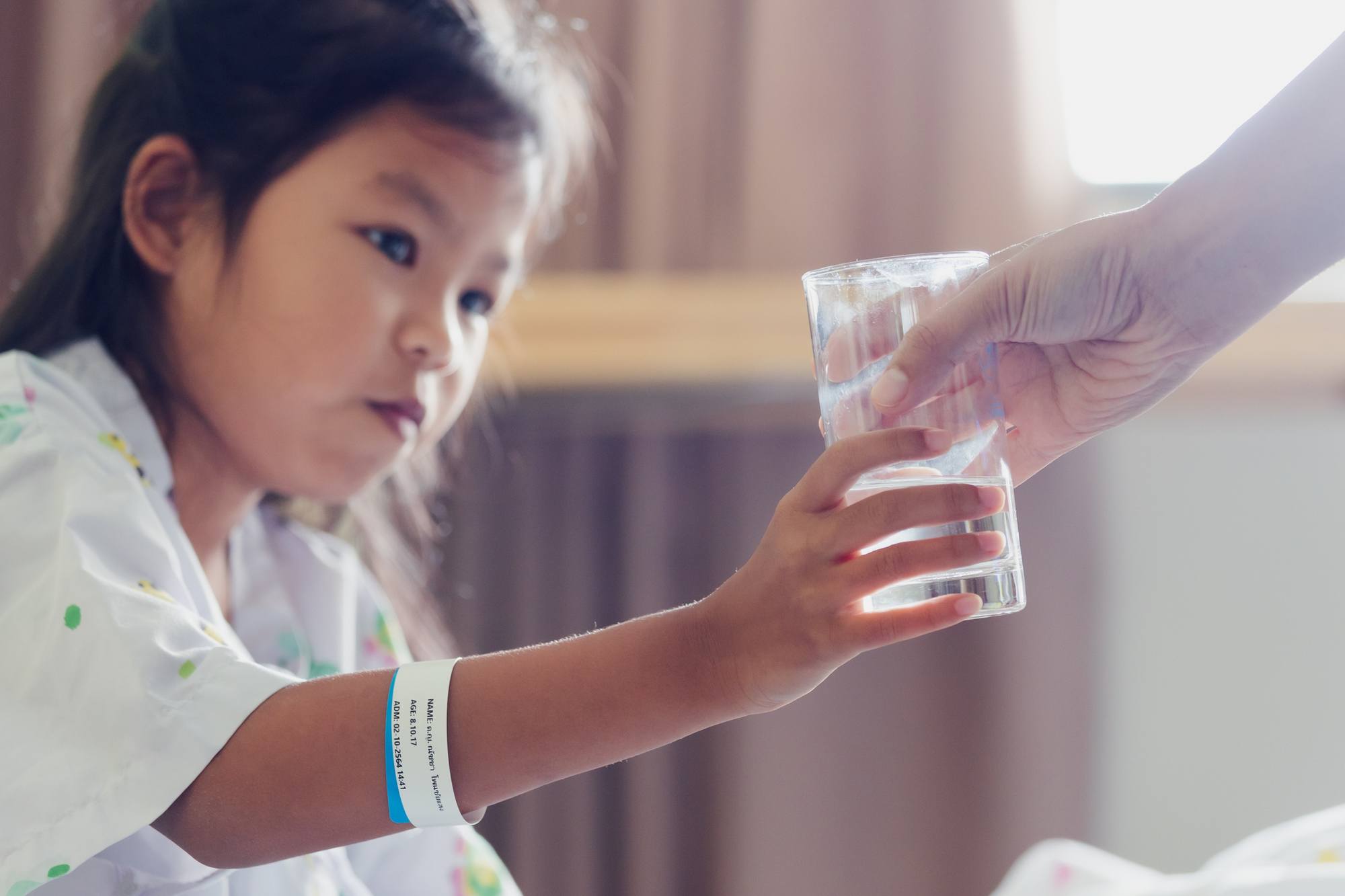
Education
Pseudomonas aeruginosa
This article takes a shallow dive into the molecular machinery, persistence, and epidemiology of Pseudomonas aeruginosa.
Characteristics of Pseudomonas aeruginosa
There are many species of Pseudomonas, but Pseudomonas aeruginosa, specifically, is a gram-negative, opportunistic pathogen that can infect the blood and lungs and lead to pneumonia. It thrives in moist environments, so soil or water is where it’s most found.
It’s a motile, rod-shaped, gram-negative bacterium. It takes on a blue-green color when grown on a plate and has relatively low nutritional requirements. It can grow anaerobically, which means it does not use oxygen. It also produces a biofilm, which combined with its highly adaptive environmental response, makes this a resilient bug.
To expand upon that, the cell can modify itself very quickly to an antimicrobial environment. The cell’s ability to modify its DNA, through mutation or from genes from other bacteria, allows it to resist most anti-microbial climates, while less robust microorganisms will die. The bacteria’s efficiency in rapid adaptation combined with being able to obfuscate itself in biofilms makes it very difficult to eradicate. It can also provide a home for other microbes to establish themselves and live. Therefore, we have seen Pseudomonas aeruginosa among the more rapidly trending outbreaks when it comes to nosocomial infections, infections that are acquired in healthcare environments, like hospitals, clinics, or long-term care facilities.
Patient risk associated with Pseudomonas aeruginosa
The bacterium takes advantage of the vulnerable epithelium, better known as skin. That is, a patient that has degraded, or underdeveloped epithelial tissue is going to be highly susceptible to Pseudomonas aeruginosa. Examples of these patient populations include babies in the neonatal intensive care unit (NICU) or burn patients. However, anyone with a preexisting acute or chronic respiratory issue is vulnerable. Ironically, since hospitals are where you find antibiotics and antimicrobial agents, antibacterial-resistant Pseudomonas aeruginosa strains find hospitals to be a favorable environment. Medical equipment, such as ventilators or catheters are good locations to harbor Pseudomonas.
In the United States, there is not a strict regulatory requirement to test water for pathogens other than Legionella, so many facilities don’t realize they have Pseudomonas aeruginosa in their water supply. Just like there is not one or two solutions your physician gives you when you go to the doctor, there is no panacea to treat building water networks. Just like a physician, if you want to practice good medicine and develop a sound patient care plan, you need to know what you’re dealing with before you start treating. Physicians run blood tests and take images, and we are doing something similar at Nephros. Using molecular assays and gene sequencing technology, we’re allowing the screening and diagnosis to occur in the field, on-site, which doesn’t confine clients to only using feedback from lab cultures. This allows us to have, or give our clients, a clear picture of the building’s health. Treatment outcomes for the building, like filters, UV, chlorine, copper, silver nitrate, etc., largely depend on what we are diagnosing the problem to be.
Want to know more?
Reach out for quotes, additional product details, inventory status, installation questions and more.

